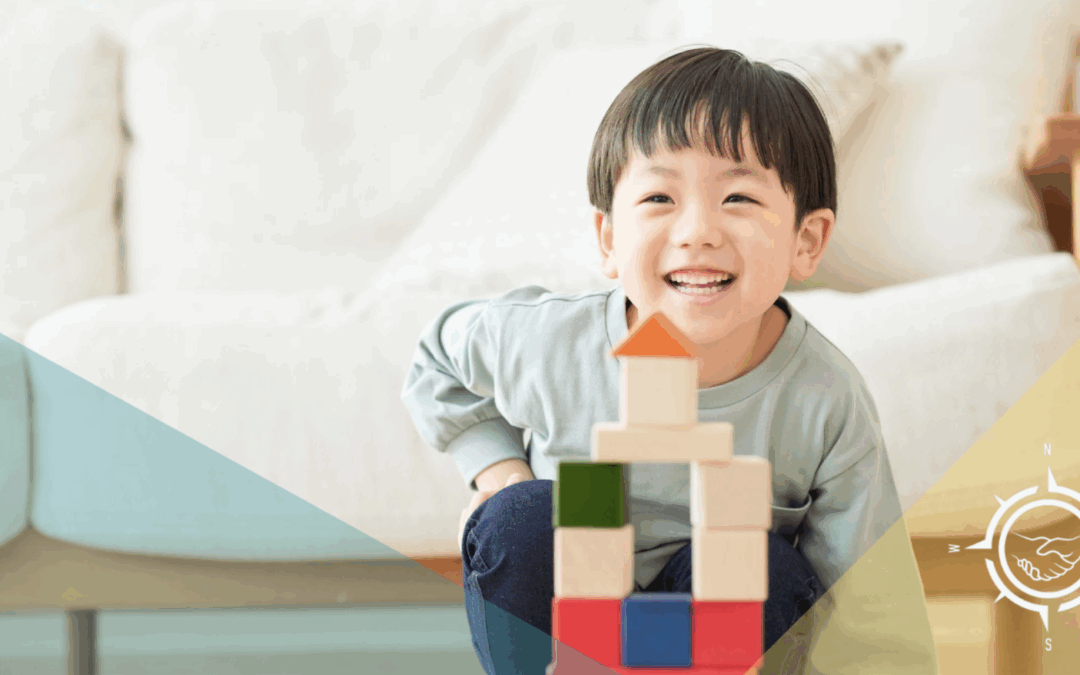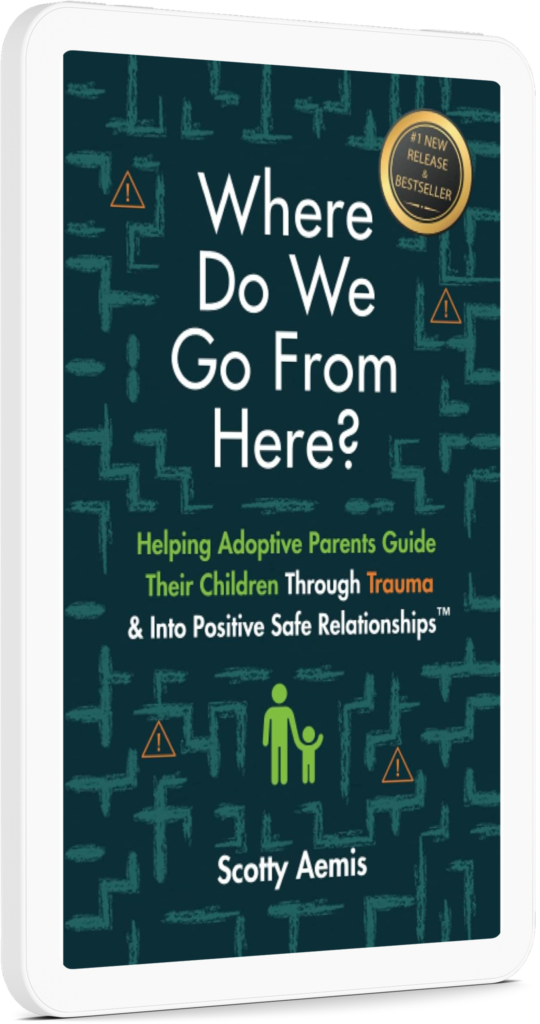Teaching and Modeling Self-Regulation to Your Child
For those who don’t process events or experiences in a typical manner, certain experiences or situations can trigger dysregulation. This can lead to behavioral issues, isolation, depression, and more. Learning to self-regulate is a crucial skill for neurodivergent children to help manage emotions, behaviors, and thoughts.
What Does it Mean to Be Neurodivergent?
Neurodivergence refers to a broad range of conditions that affect how the brain processes information, experiences, and interactions with others. Essentially, being neurodivergent just means your brain doesn’t process information in what is considered a typical fashion. It’s a non-medical term and can be used to describe those who are on the autism spectrum or those who have lingering effects from childhood trauma.
The Window of Tolerance
Each person is unique and that means the types of experiences they are able to tolerate differ. The window of tolerance refers to the best moments in which a person’s nervous system allows for healthy engagement and learning. It is when we feel emotionally balanced and can handle the challenges life throws our way as we are better able to handle stressors. In this window, we feel calm and have perspective. We are able to think more clearly, make better-informed decisions, and communicate well.
Self-Regulation for Neurodivergent Children
Stepping outside this window of tolerance is more common in children. This is because staying in a regulated state needs to be taught and modeled; it’s not something we innately know how to do all the time. This often leads to children having difficulty managing emotions and actions. However, it can be even more difficult for neurodivergent children.
Self-regulation involves being able to monitor and manage one’s own emotional state, impulses, and attentiveness in order to achieve a desired outcome. Let’s take a deeper look at this multi-step process.
For neurodivergent children who have triggered their fight or flight response, it’s impossible to manage their response because they are dysregulated. So if your child has been triggered into dysregulation, the first step is to self-soothe. This often involves using sensory toys or heading to a quiet space to calm down.
Once an individual is in a calmer state, it’s possible to become more self-aware. This is when we are able to recognize and identify our emotions, also known as emotional regulation. Neurodivergent individuals often experience heightened emotional sensitivity, making emotional regulation a critical skill for them. Practice with your neurodivergent child on recognizing emotions by doing an emotional check-in with your child regularly. Make it a habit to do this at least once a day.
When your child is emotionally regulated, they can then move on to managing their behaviors. However, it is important to remember that behavioral management is learned, and requires modeling through establishing clear routines and rules. Be sure to set clear expectations with your neurodivergent child and include them in the rule-making process. Set a daily routine and make use of visual schedules. Then be sure to follow the rules yourself and make sure your child takes notice!
Finally, when your child is more easily able to soothe, recognize their emotions, and control their impulses, they will be able to better identify what leads to or “triggers” dysregulation. When we know what causes dysregulation, it’s easier to prevent it in the first place by avoiding or limiting those triggers. Practicing mindfulness or quiet physical activities such as yoga or walking can help to support self-monitoring. It offers a scheduled time to check in with ourselves and reflect.
Key Takeaways
Self-regulation is multifaceted and plays a crucial role in the well-being of neurodivergent children. Understanding how interconnected sensory is with our emotions and behaviors can help one to effectively manage their impulses and thoughts. Practicing self-regulation with your neurodivergent child by teaching them coping mechanisms and modeling behavior management will help them become a more self-sufficient member of society, giving them the space to grow, learn, and succeed!


